With new technologies revolutionizing data collection, wildlife researchers are becoming increasingly able to collect data at much higher volumes than ever before. Now we are facing the challenges of putting this information to use, bringing the science of big data into the conservation arena. With the help of machine learning tools, this area holds immense potential for conservation practices. The applications range from online trafficking alerts to species-specific early warning systems to efficient movement and biodiversity monitoring and beyond.
However, the process of building effective machine learning tools depends upon large amounts of standardized training data, and conservationists currently lack an established system for standardization. How to best develop such a system and incentivize data sharing are questions at the forefront of this work. There are currently multiple AI-based conservation initiatives, including Wildlife Insights and WildBook, that are pioneering applications on this front.
This group is the perfect place to ask all your AI-related questions, no matter your skill level or previous familiarity! You'll find resources, meet other members with similar questions and experts who can answer them, and engage in exciting collaborative opportunities together.
Just getting started with AI in conservation? Check out our introduction tutorial, How Do I Train My First Machine Learning Model? with Daniel Situnayake, and our Virtual Meetup on Big Data. If you're coming from the more technical side of AI/ML, Sara Beery runs an AI for Conservation slack channel that might be of interest. Message her for an invite.
Header Image: Dr Claire Burke / @CBurkeSci

Explore the Basics: AI
Understanding the possibilities for incorporating new technology into your work can feel overwhelming. With so many tools available, so many resources to keep up with, and so many innovative projects happening around the world and in our community, it's easy to lose sight of how and why these new technologies matter, and how they can be practically applied to your projects.
Machine learning has huge potential in conservation tech, and its applications are growing every day! But the tradeoff of that potential is a big learning curve - or so it seems to those starting out with this powerful tool!
To help you explore the potential of AI (and prepare for some of our upcoming AI-themed events!), we've compiled simple, key resources, conversations, and videos to highlight the possibilities:
Three Resources for Beginners:
- Everything I know about Machine Learning and Camera Traps, Dan Morris | Resource library, camera traps, machine learning
- Using Computer Vision to Protect Endangered Species, Kasim Rafiq | Machine learning, data analysis, big cats
- Resource: WildID | WildID
Three Forum Threads for Beginners:
- I made an open-source tool to help you sort camera trap images | Petar Gyurov, Camera Traps
- Batch / Automated Cloud Processing | Chris Nicolas, Acoustic Monitoring
- Looking for help with camera trapping for Jaguars: Software for species ID and database building | Carmina Gutierrez, AI for Conservation
Three Tutorials for Beginners:
- How do I get started using machine learning for my camera traps? | Sara Beery, Tech Tutors
- How do I train my first machine learning model? | Daniel Situnayake, Tech Tutors
- Big Data in Conservation | Dave Thau, Dan Morris, Sarah Davidson, Virtual Meetups
Want to know more about AI, or have your specific machine learning questions answered by experts in the WILDLABS community? Make sure you join the conversation in our AI for Conservation group!
Data Scientist/AI Engineer, Birdwatcher, Trail Runner: here to learn about conservation tech & contribute where I can.
- 0 Resources
- 0 Discussions
- 11 Groups
- 0 Resources
- 0 Discussions
- 4 Groups
- 0 Resources
- 0 Discussions
- 7 Groups
Background in sustainable development + data science, AI for bioacoustics (BSc Cooperation and Development, Italy; MSc data science, Sweden)
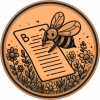
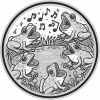

- 0 Resources
- 17 Discussions
- 4 Groups
- @lvgliarose
- | she/her
Bat Conservation Trust
Research Manager at Bat Conservation Trust
- 0 Resources
- 8 Discussions
- 12 Groups
- @Ebennitt
- | She/her
Working primarily in Botswana and other southern African countries, on wild mammal movement, ecology and physiology
- 0 Resources
- 4 Discussions
- 5 Groups
- @sehuebner
- | she/her
Wildlife Ecologist and Program Manager at the Smithsonian Institution
- 0 Resources
- 3 Discussions
- 9 Groups
I have mixed experiences from 20+ years doing SATCOM and other IT roles with the US Army. I also have 4 years experience working in the marine environment doing forage fish spawning research. My goal is to advance my abilities in AI to bring into the realm of wildlife research.
- 0 Resources
- 0 Discussions
- 5 Groups
- @jguenter
- | he/him/his
Species360 CEO - passionate about using data to care for and conserve species
- 0 Resources
- 0 Discussions
- 5 Groups
I have worked in the vertebrate pest industry for over 11 years and am on the practical, on the ground implementation of AI animal control systems.
- 0 Resources
- 0 Discussions
- 1 Groups
- @steventay
- | TAY
Dynamique ET PROACTIF, JE SUIS PASSIONNÉ PAR LA PROTECTION DE L'ENVIRONNEMENT, LE TOURISME RESPONSABLE ET LA CONSERVATION DES ÉCOSYSTÈMES.
- 0 Resources
- 0 Discussions
- 8 Groups
- @Aurel
- | She/Her
Looking to reconcile biodiversity conservation and finance.
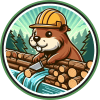
- 0 Resources
- 0 Discussions
- 10 Groups
On 3rd November 2021, Earthranger Announced Giraffe Conservation Foundation and Lion Guardians as the inaugral Conservation Tech Award Recipients. The two organizations are Harnessing the Power of Technology to Protect...
3 November 2021
The Centre for Statistics in Ecology, Environment and Conservation, a research group within the Department of Statistical Sciences at the University of Cape Town, is now hiring for a funded postdoc or PhD postion with...
1 November 2021
This article explores the use of IoT and Machine Learning Technologies in Ewaso Nyiro River, Kenya - which serves several communities as well as wildlife in Olpejeta Conservancy and Lewa Conservancy, among others. Data...
21 October 2021
The International Journal of Computer Vision is calling for papers on Computer Vision Approach for Animal Tracking and Modeling. Visit the Springer website for further details and submission guidelines.
20 September 2021
In this thought piece from Whale Seeker, Malcolm Kennedy considers the strengths of weaknesses of citizen science and AI, both used to analyze large amounts of conservation data, and discusses the importance of data...
19 August 2021
Today, we're chatting with our WILDLABS Fellowship: On the Edge partners at Edge Impulse about how conservation tech funding and support can be more sustainable, and why reimagining how fellowships make an impact is so...
13 August 2021
To celebrate our newly-lauched WILDLABS Fellowship: On the Edge, I spoke with the Edge Impulse team about why uniting the conservation and tech worlds to make funding, tools, training, and support accessible and...
9 August 2021
Article
Wildlife Insights is excited to announce the public release of their new platform! Read on to learn about all the useful features you'll find on Wildlife Insights, and check out WILDLABS' Tech Tutors episode with...
27 July 2021
Our friends at BearID joined an EXPLORE.org live chat to discuss their work identifying the bears of Katmai National Park with powerful AI technology. Watch the full panel event below, or here on EXPLORE.org's Youtube...
1 July 2021
A new issue of Methods in Ecology and Evolution from the British Ecological Society is now available for download. In this issue, WILDLABS readers will enjoy research involving conservation dogs and non-invasive...
23 April 2021
ZSL's Remote Sensing in Ecology and Conservation journal has released new research for early view before inclusion in an issue. See the full list of recent open access research papers on RSEC.
22 April 2021
Community Announcement
Whether you spent the last year working in the field, lab, at home, or virtually, the WILDLABS community's conservation tech achievements were on full display in our annual #Tech4Wildlife Photo Challenge! Relive our...
25 March 2021
June 2025
event
event
July 2025
October 2025
event
event
73 Products
Recently updated products
16 Products
Recently updated products
| Description | Activity | Replies | Groups | Updated |
|---|---|---|---|---|
| Hi WILDLABS Community,I’m Simon Juma from Kenya, working on a project to track and manage Red-billed Quelea birds, which... |
|
AI for Conservation, Sensors | 2 months 2 weeks ago | |
| Hi everyone, I’m excited to become a member of Wild Lab! I’m currently working on my master’s thesis, focusing on dormouse conservation. My research explores the behavioral... |
|
AI for Conservation, Animal Movement, Camera Traps, Citizen Science, Community Base, Data management and processing tools, Early Career, Geospatial | 2 months 3 weeks ago | |
| That's amazing thanks so much! |
|
Acoustics, AI for Conservation, Data management and processing tools, Early Career | 2 months 3 weeks ago | |
| Thanks again for the interesting discussion everyone! Just a note that while I touched on it in my opening post above, there were still questions in this thread about what... |
+28
|
Open Source Solutions, AI for Conservation, Ethics of Conservation Tech, Software Development | 2 months 4 weeks ago | |
| Thanks @VAR1 great insights! Funny you mentioned the honey thing, @hikinghack said the same in response on the GOSH forum. I think the point I'm trying to make with the vegan... |
|
Open Source Solutions, AI for Conservation, Conservation Tech Training and Education, Ethics of Conservation Tech, Geospatial, Software Development | 2 months 4 weeks ago | |
| Linkedin mainly. iNaturalist and eBird ofc but these are more communities than real social networks. But, and this is a real advice, a good RSS feed reader with all your... |
+5
|
AI for Conservation, Community Base | 2 months 4 weeks ago | |
| Hi Maureen, thanks a lot for this. Seemed more or less perfect so I applied :)Also didn't realise there was a slack community so I'll be scanning that too... |
|
AI for Conservation | 3 months ago | |
| Hey everyone,On Monday, we are starting the test phase of our first MVP version!We are looking for a limited number of testers and still... |
|
AI for Conservation | 3 months ago | |
| Hi Dan, Not right now but I can envision many uses. A key problem in RS is data streams for validation and training of ML models, its really not yet a solved problem. Any... |
|
Emerging Tech, AI for Conservation, Animal Movement, Build Your Own Data Logger Community, Camera Traps, Connectivity, Conservation Tech Training and Education, Data management and processing tools, Geospatial, Sensors | 3 months 1 week ago | |
| Thanks @eugenegalaxy . Much appreciated and I will go through this thoroughly! |
|
AI for Conservation | 3 months ago | |
| Hey Bob, thanks for the kind words! Your articles on Winterberry Wildlife have really been a big inspiration for me! There are extremely limited numbers of articles on trial... |
|
AI for Conservation, Camera Traps | 3 months 1 week ago | |
| This is probably the most realistic one I've seen made by this tool (stable-difussion v1.5) |
|
AI for Conservation | 3 months 1 week ago |
Sustainable Fishing Challenges: Fishing Gear Innovations
19 August 2020 12:00am
Challenge: ElephantEdge
11 August 2020 12:00am
Event: StreamingScience's #Tech4Wildlife Thursdays
 StreamingScience
StreamingScience
3 August 2020 12:00am
Automated Fish Identification and Abundance Using Artificial Intelligence
28 July 2020 12:00am
BearID To Go
21 July 2020 12:00am
Competition: Cornell Birdcall Identification
8 July 2020 12:00am
Tech Tutors: How do I get started using ML for my camera traps? Building Accurate Project-Specific Models
25 June 2020 12:02am
26 June 2020 2:32pm
Hi everyone!
We've now posted Sara's session to our youtube channel, and I've also popped it up the top of this thread.
The collaborative notes worked really well! I've now updated them to capture what happened in the chat - it should be a helpful companion to go alongside the recording. The notes have links, projects, and key discussions we saw in the chat, and summarise the questions Sara coverd in the discussion as well as the Qs we weren't able to get to (40mins overtime was our limit!). If your question was one of the outstanding ones and you'd like to have it answered, please drop it in the discussion below.
The notes now also have the participant check ins (such an awesome range of places, projects and interests!) - I'm sharing these as seeing what other people are doing might help you connect with each other. If you see someone you want to connect with, try and find them using our member direcyour people tab. If you can't, email Ellie and she will see if that person is happy to hear from you before connecting you.
Reminder, registration is open for Carlos' tutorial next week: How do I perform automated recordings of bird assemblages? Register here.
Thanks everyone!
Steph
2 July 2020 8:58pm
Great talk! I thoroughly enjoyed it. Some high schoolers have done small AI projects(s) and have interest in the wildlife.
What resources would you all suggest to further develop high schooler’s interest in AI?
How do I scale up acoustic surveys with Audiomoths?
25 June 2020 12:00am
How do I perform automated recordings of bird assemblages?
 Carlos Abrahams
Carlos Abrahams
19 June 2020 12:00am
How do I train my first machine learning model?
 Daniel Situnayake
Daniel Situnayake
9 June 2020 12:00am
How do I get started using Machine Learning for my camera traps?
9 June 2020 12:00am
Innovator Interview: Hack the Poacher
4 June 2020 12:00am
The Perfect Paw Print: Collecting Data with FIT
3 June 2020 12:00am
Competition: 2020 Hackaday Prize
26 May 2020 12:00am
WILDLABS Tech Tutors: Season One
19 May 2020 12:00am
Get To Know FIT
6 May 2020 12:00am
Competition: iWildCam 2020
4 May 2020 12:00am
Training Course: Quantitative Analysis of Marine & Coastal Drone Data
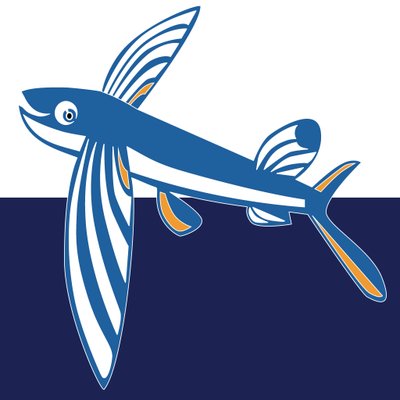 Duke Marine Lab
Duke Marine Lab
29 April 2020 12:00am
Call for Submissions – Arm Research Summit 2020
24 April 2020 12:00am
WILDLABS Tech Hub: WWF PandaSat
13 April 2020 12:00am
Webinar 11PST 3/20 - Deep Learning for Airborne Tree Detection
17 March 2020 1:28am
17 March 2020 3:52pm
Thanks Ben. I'll see what I can do.
24 March 2020 9:57am
Hello Ben. Unfortunately I couldn't make it on Friday. It would be great if I could take a look at your slides. I'm interested in trying to count mangrove trees. I have some WorldView 2 data. Do you think I could use DeepForest for this?
31 March 2020 4:21am
DeepForest docs are here.
https://deepforest.readthedocs.io/
Welcome to have a look. My experience is that individual trees cannot be distinguished in satellite imagery. The coarest resolution we've had success with is 0.3m. However, the deepforest weights may still useful as a starting location. If there are visible objects in your image that you want to detect, collecting a few hundred training data samples and retraining the model for 2-3 epochs could be useful. See the link for details. Happy to help, submit issues on the github repo is something isn't clear/doesn't work. Everything is in dev.
WILDLABS Community Call Recording: Rainforest X-PRIZE
30 March 2020 12:00am
Open, challenging dataset for audio classification
27 March 2020 10:52am
27 March 2020 11:51am
Hi Radek,
I'm sure others can help here, but check out our recent virtual meetup (it'll be posted here in about an hour), the speakers - particularly Dave Watson - shared open datasets that might be what you're looking for.
Over on Twitter, Jesse Alston is collating a google sheet so that people can advertise data sets that grad students can use to finish theses. @arik 's reply here might be of particular interest: 'We have been recording 24/7 soundscapes in remote US locations like Yellowstone NP and rural central Wisconsin with multiple GPS synced recorders. Our goal is to study wolf and coyote vocalisations, but if anyone can make use of these data for their own studies, drop me a line!.'
Hope this helps!
Steph
27 March 2020 12:25pm
Steph, thank you so much for this, this is wonderful :) Really, really apreciate you sharing this with me :) Diving into all of the wonderful resources from you, thank you so very much for this!
Radek
Help collate list of Ecology/Conservation Data Sets for grad students
27 March 2020 12:07pm
Automated species detection from camera traps
30 January 2020 8:43am
25 March 2020 2:59pm
I see. Im interested and would like to help. I will need the images to train the network. As many as possible.
if you dont have them yet, try to find similar images preferably of the same species. I will use them to test the performance of the detection.
25 March 2020 6:49pm
I'm not familiar with camera traps, but there are a couple of options:
1) If the animals tend to cover most part of the image, then you can train a CNN classifier to distinguish between species (available with the keras-Tensorflow modules in Python)
2) If, however, the animals only cover a small part of the image (e.g. in the distance), it might be better to use an object detector (I've used YOLOv2 in the past for fish detection), which however is not that straightforward, especially with Python (I used MATLAB)
In any case, keras-Tensorflow classification with Python might be the most straightforward option for your goal. You should also certainly have a look at Google's Wildlife Insights platform which is specialized for species classification from camera trap images.
27 March 2020 10:33am
This can be done, happy to help :) But I think I need to understand the situation a little bit more.
Do you already have the data for training / inference? Do you have any example images with the species in them annotated? Say a still from the camera with a tiger and a csv file referencing that file and annotating that there is a tiger in the image?
Would you like someone to do the developing and training of the deep learning model for you? I work as an AI research engineer at the Earth Species project and I am also a part of a community of deep learning practitioners where we apply cutting edge research to various problems. Here you can check a little initiative I started a couple of days ago to teach people how to work with audio (there is a related forum thread but unfortunately it is in closed forums for the time being as it is associated with a course that is under way). My main point is this - if you have the data and would like someone to help you out on the modelling part, I can coordinate this.
Alternatively, if you cannot release the data, I can point you to materials that can get you started to carry out the work yourself.
WILDLABS Tech Hub: Poreprint
26 March 2020 12:00am
Webinar: Citizen Science Online
 SciStarter
SciStarter
26 March 2020 12:00am
Enter the Zooniverse: Try Citizen Science for Yourself!
18 March 2020 12:00am
Tutorial: Train a TinyML Model That Can Recognize Sounds Using Only 23 kB of RAM
16 March 2020 12:00am
Accepting Applications: ArcGIS Solutions for Protected Area Management
4 March 2020 12:00am



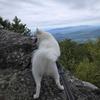




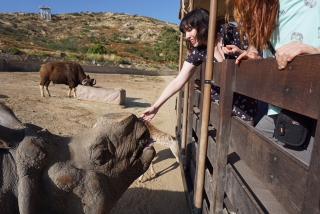
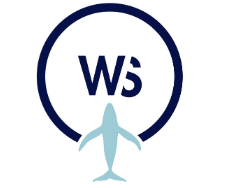
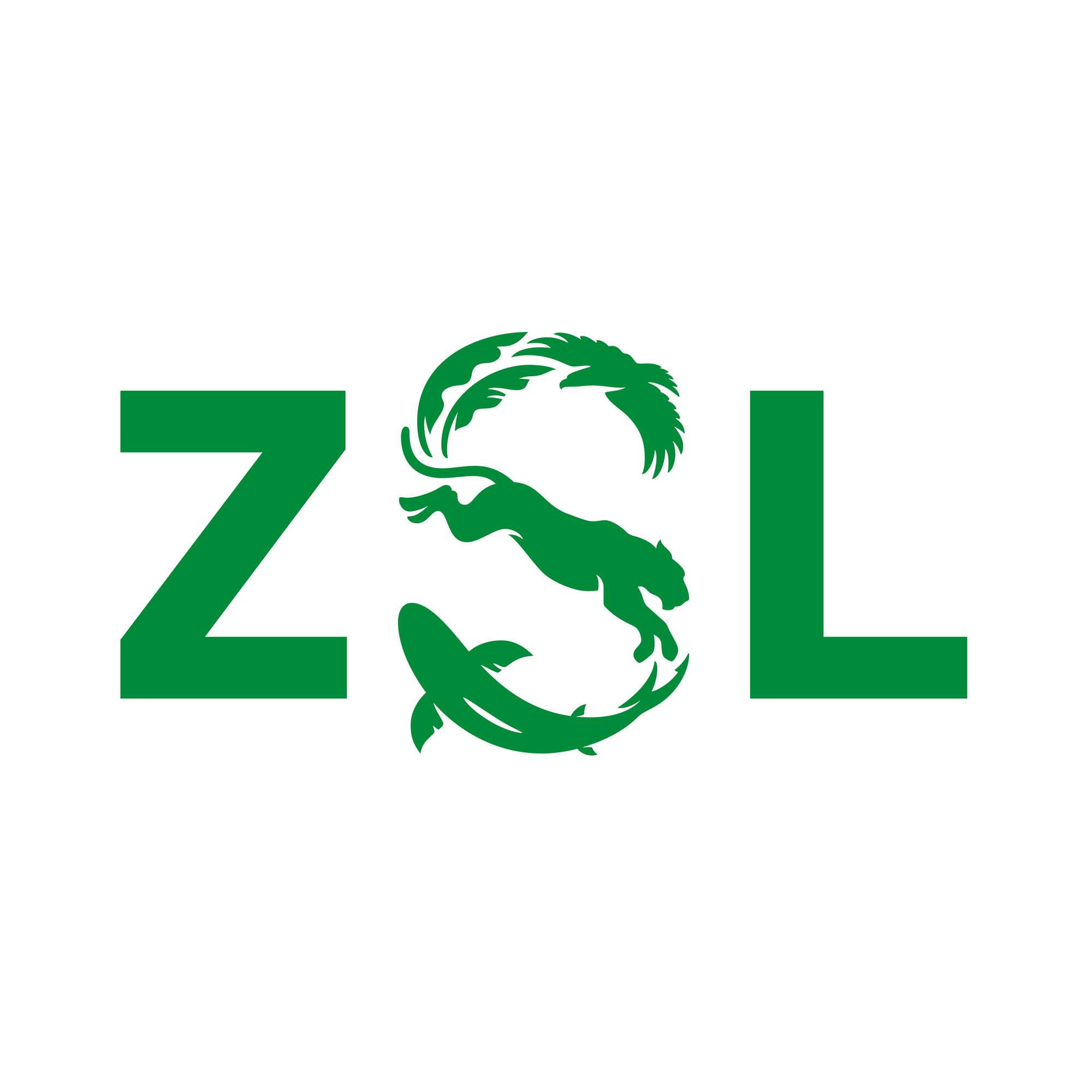
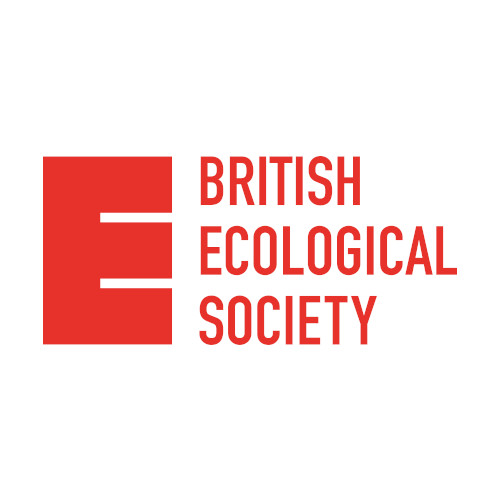

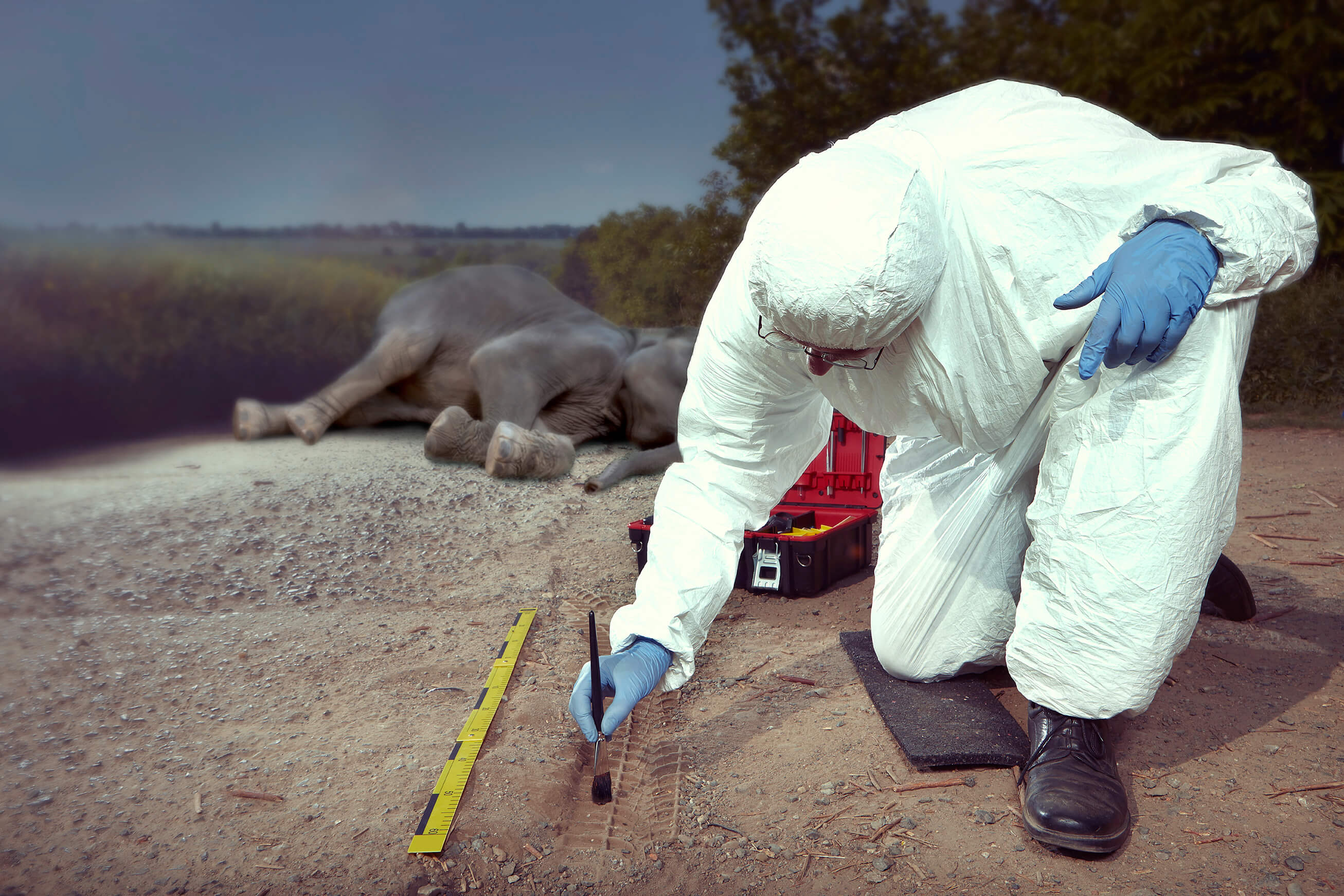
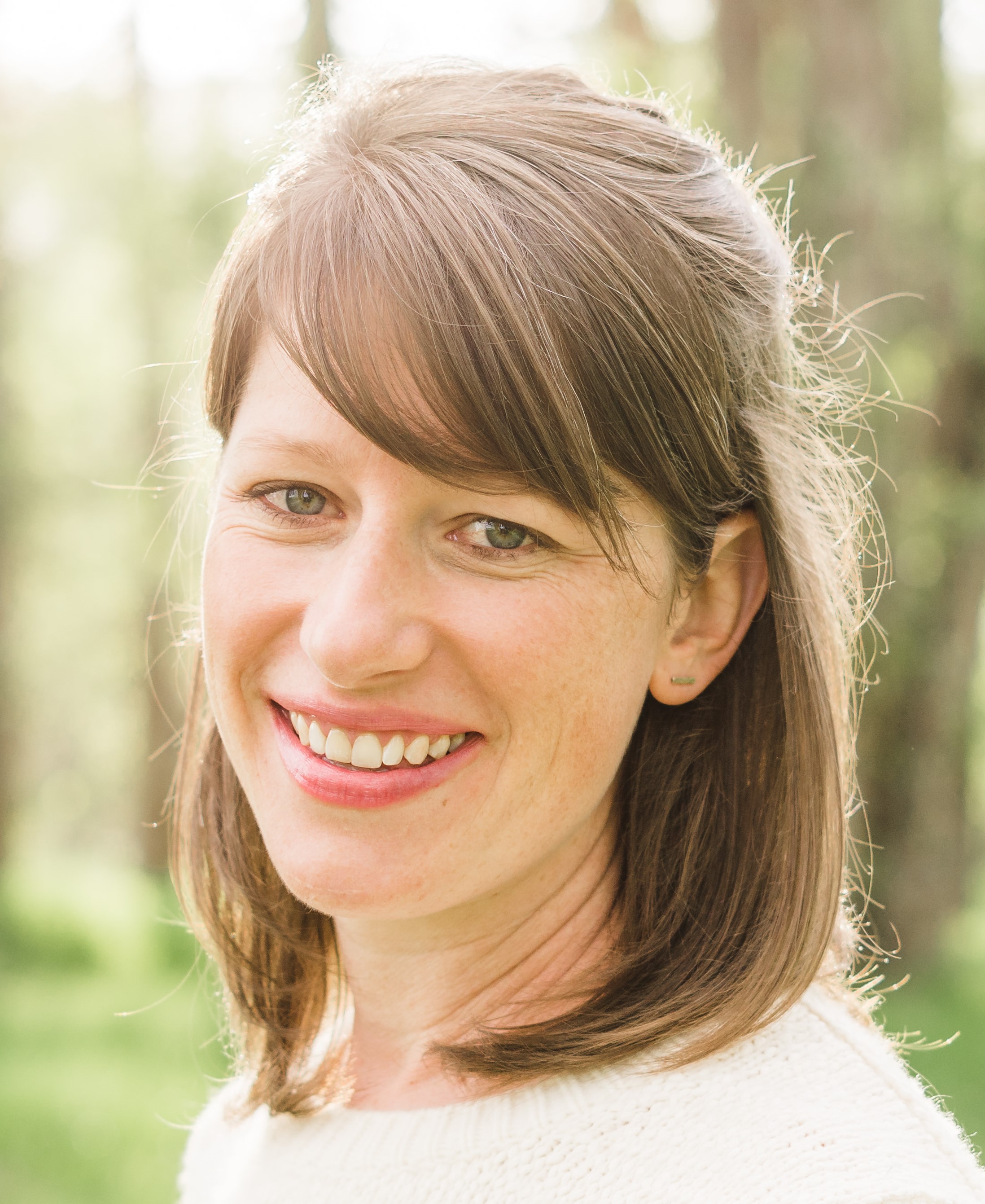
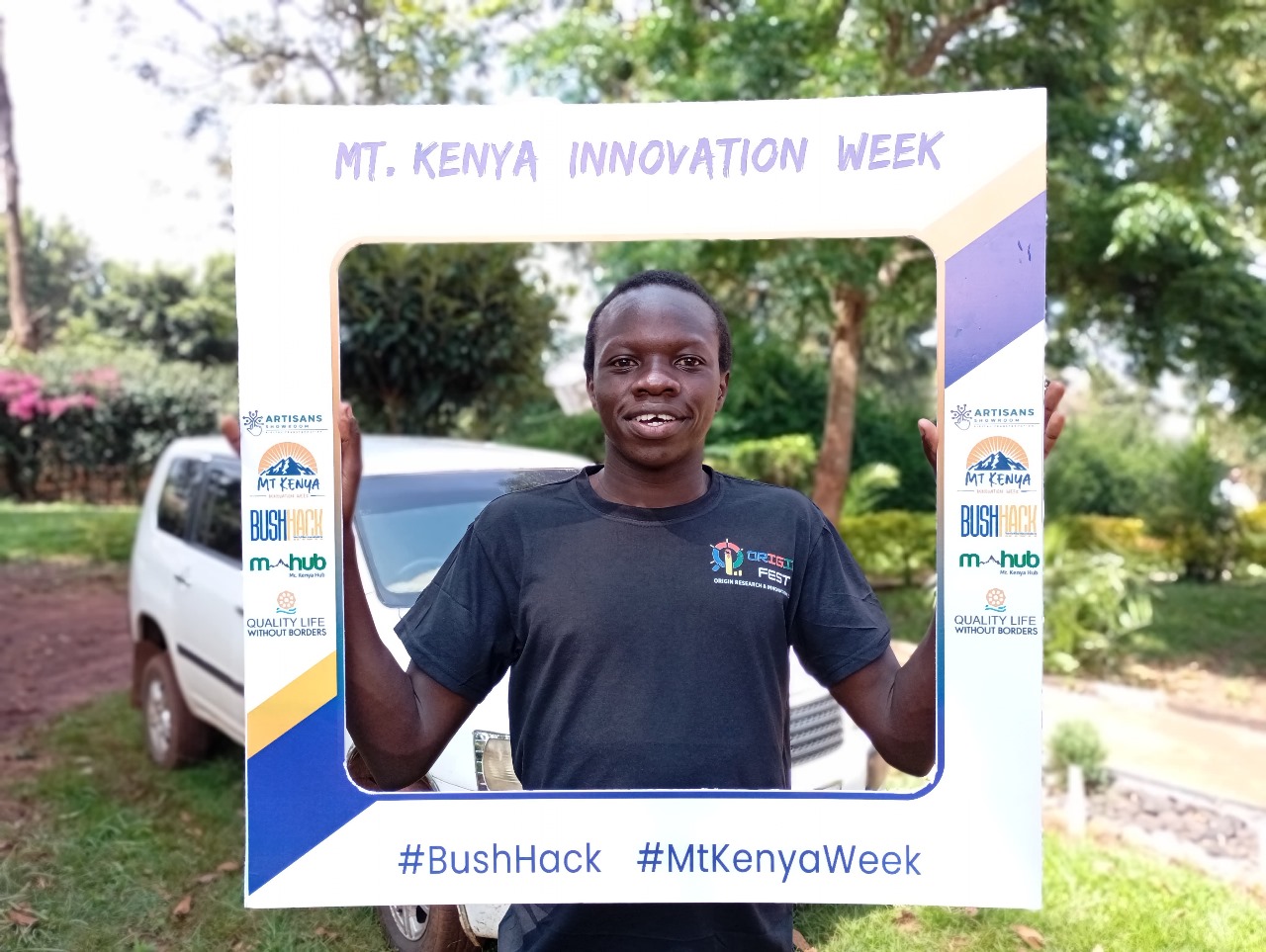
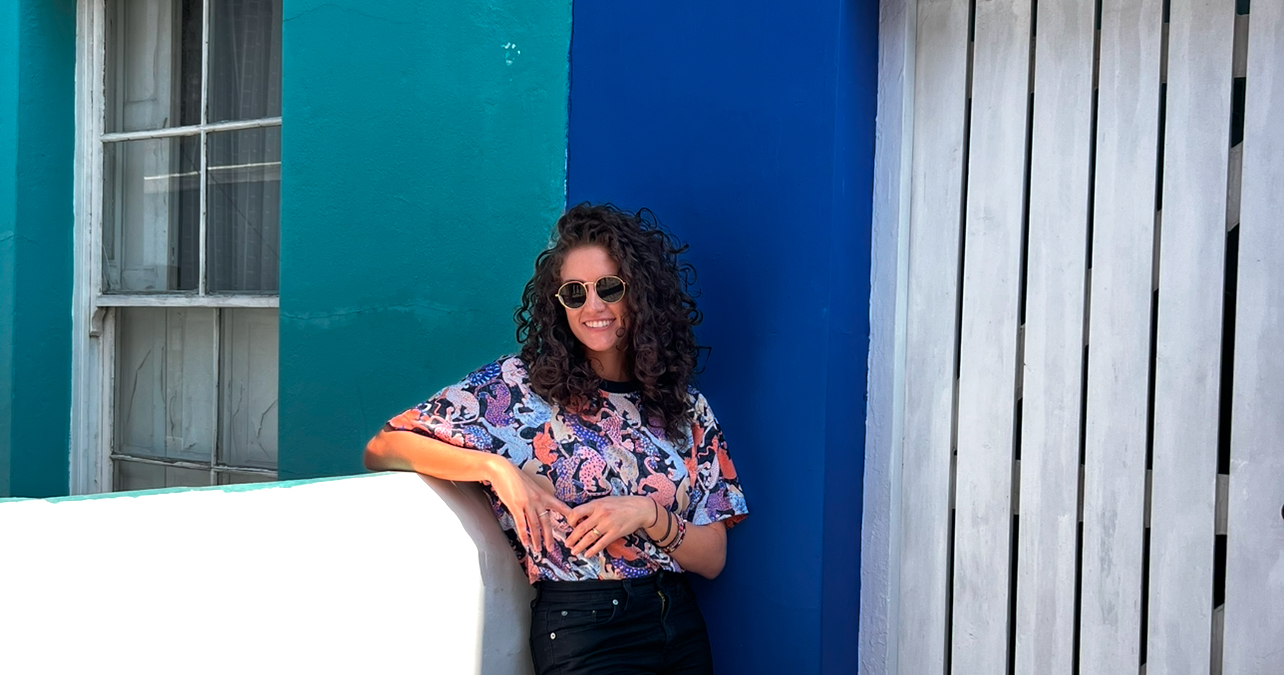











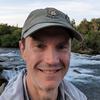













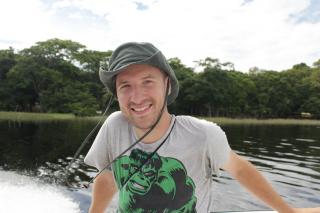
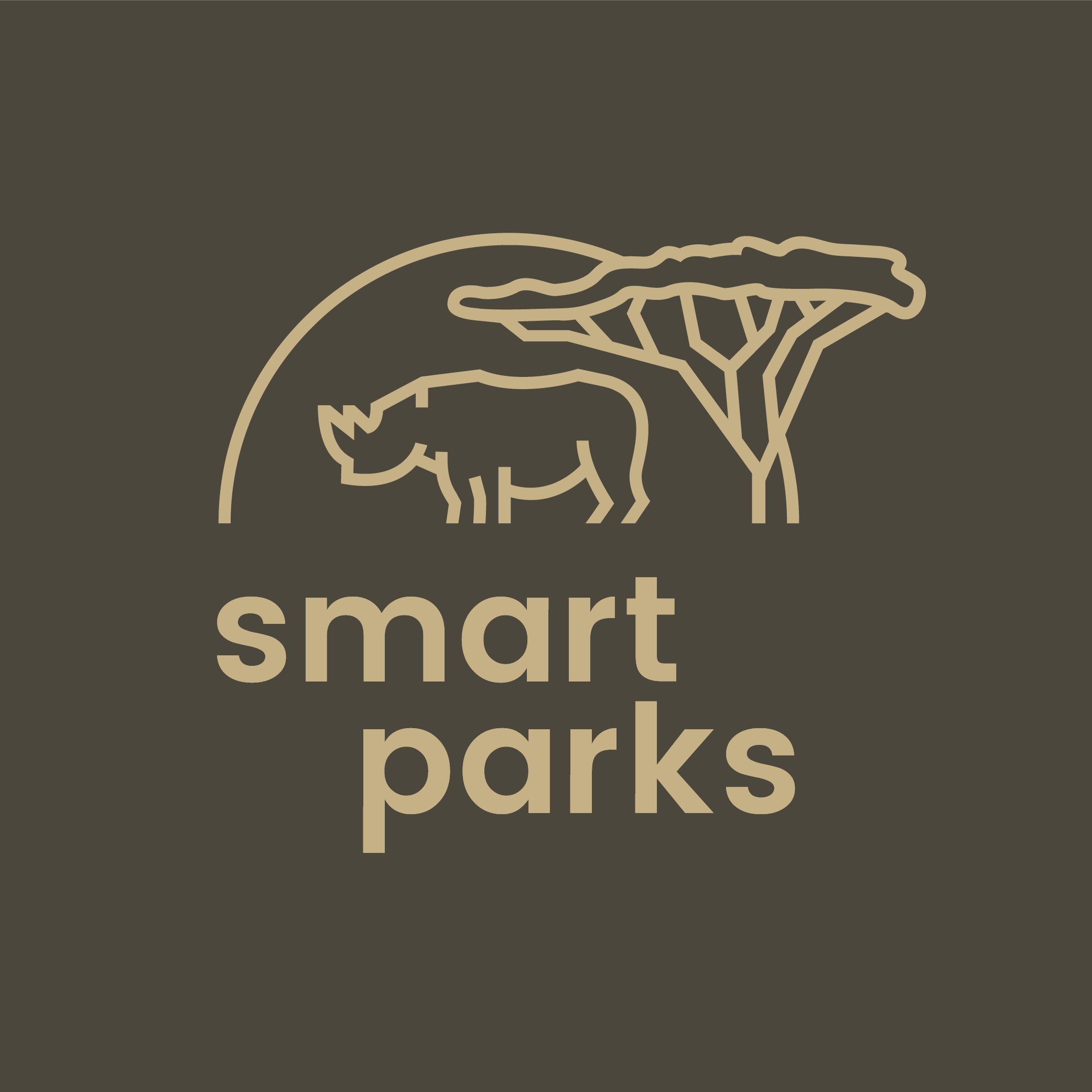

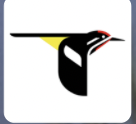

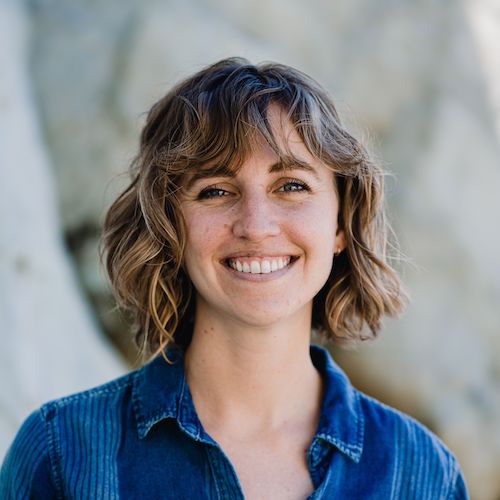

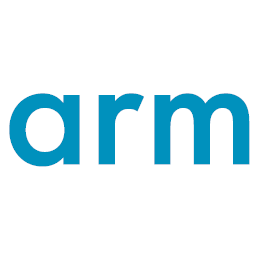
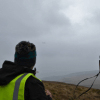


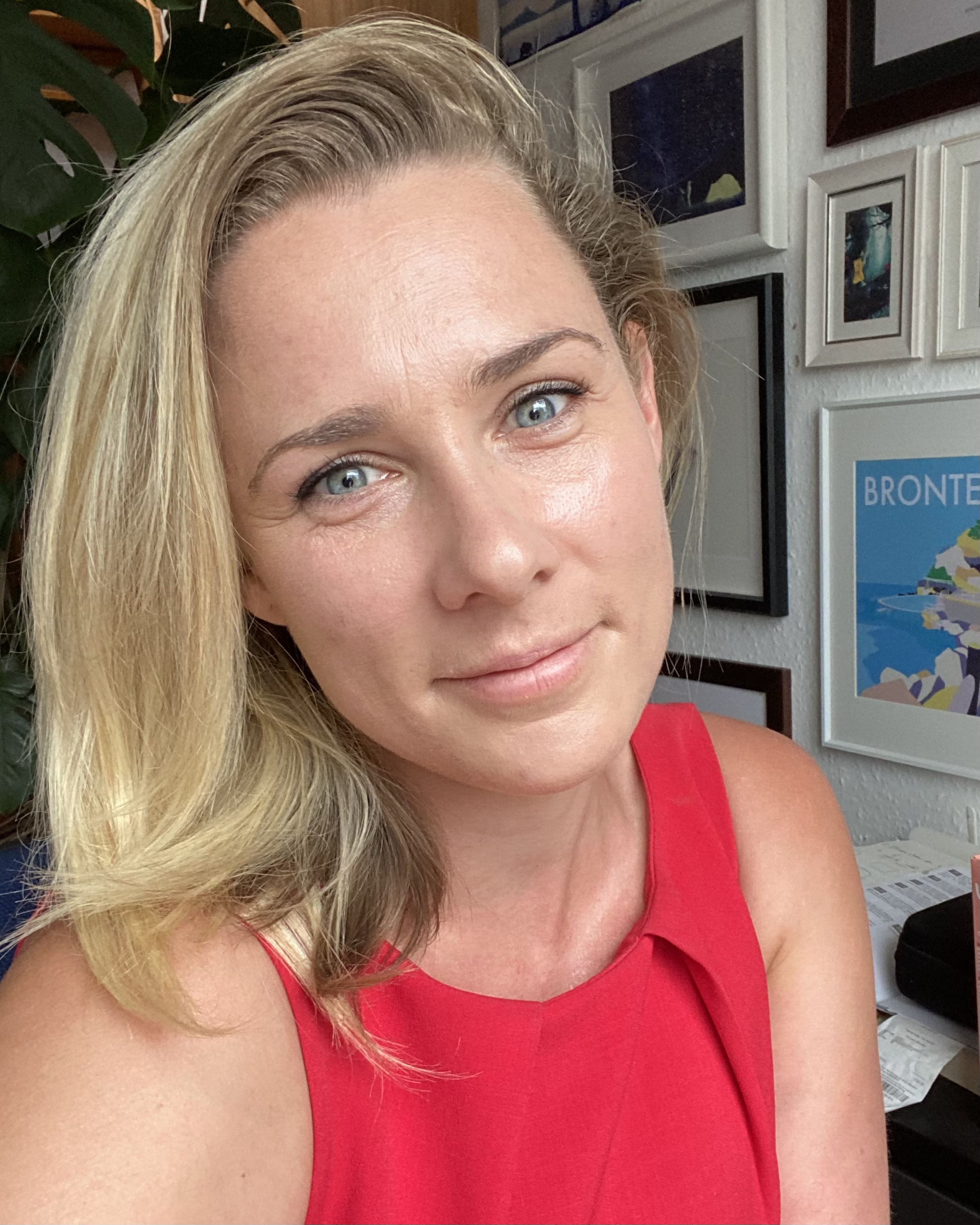
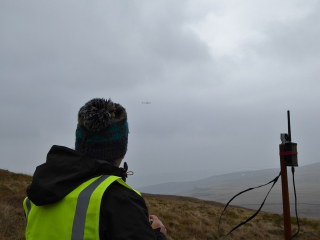

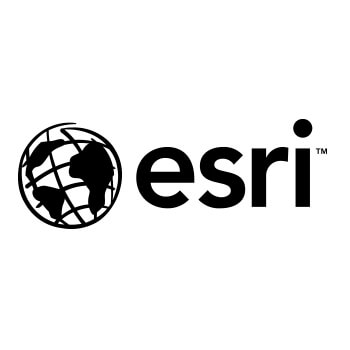
25 June 2020 6:01pm
This is a big, important question! I think having traceable DOIs for both datasets and machine learning models is a step in the right direction. GBIF is committed to this and can provide data DOIs, read more detail here and here.